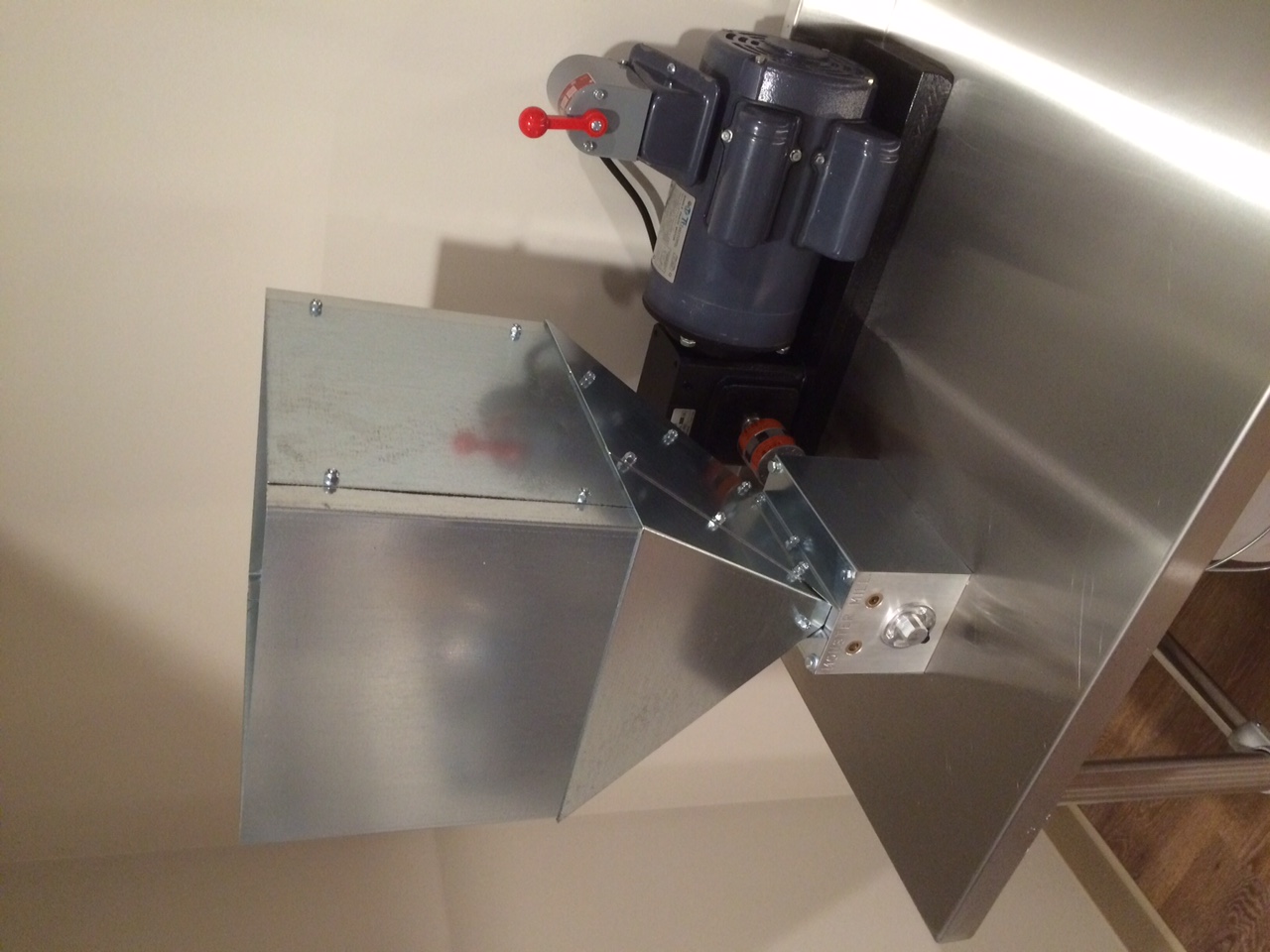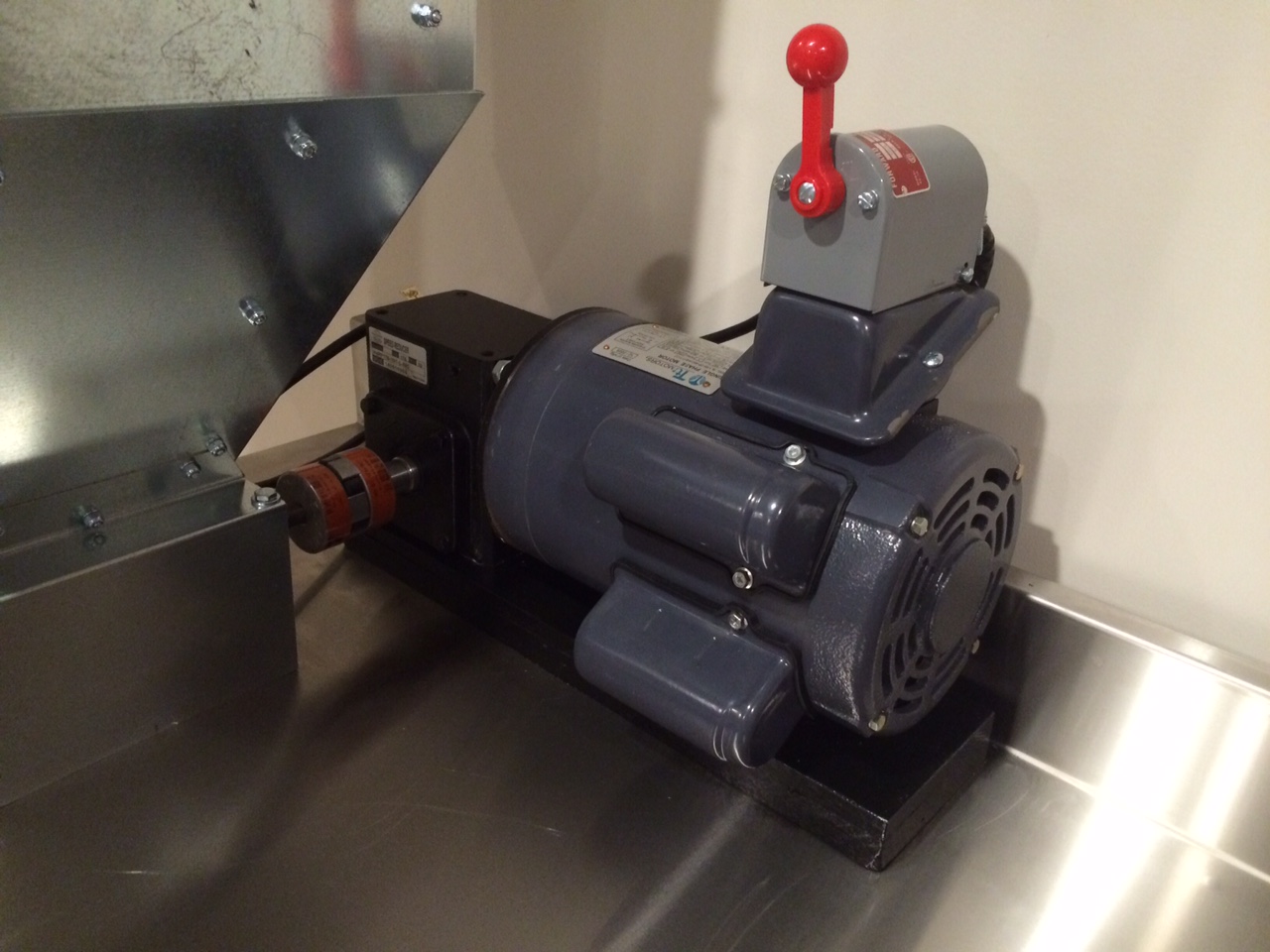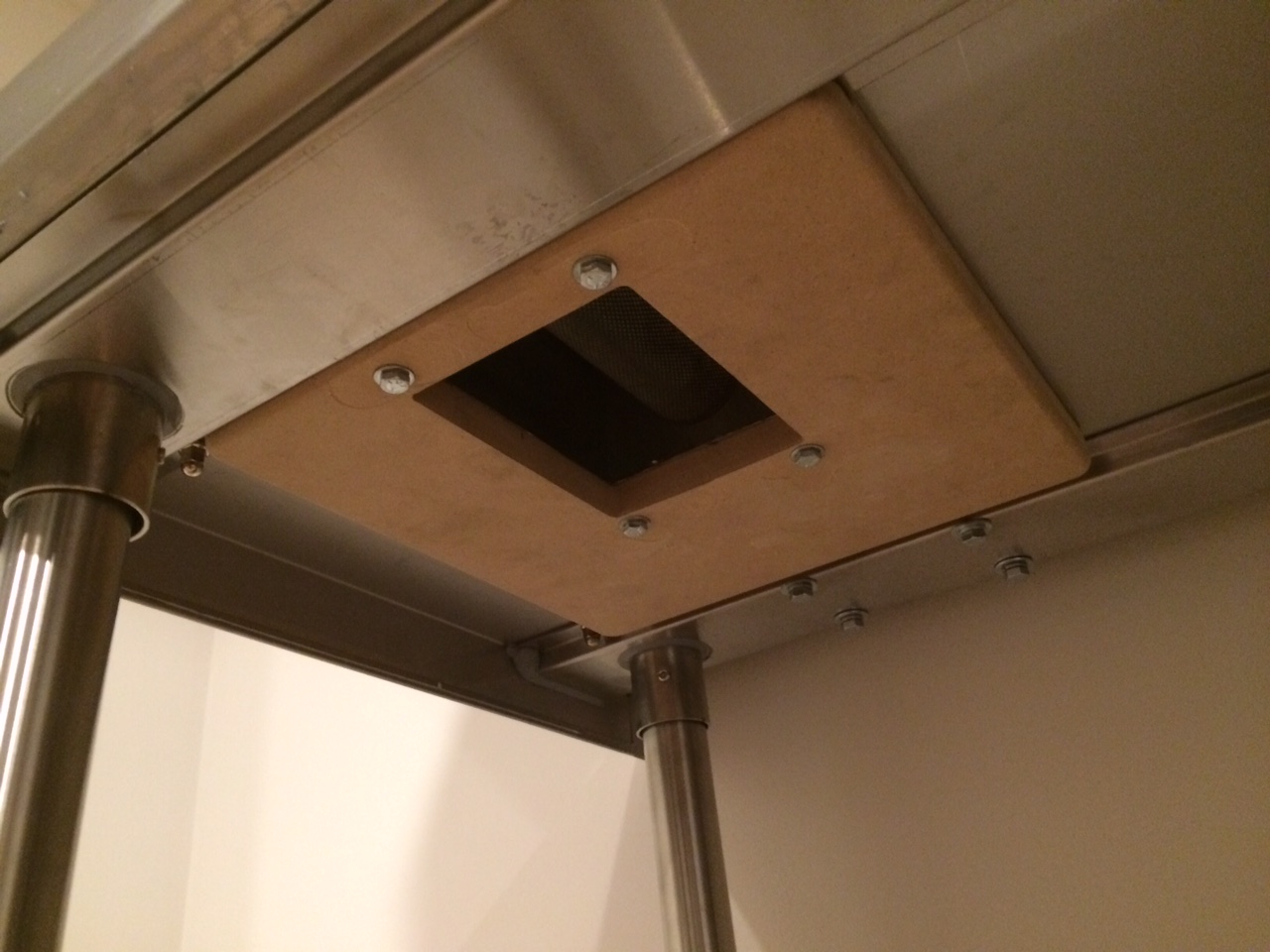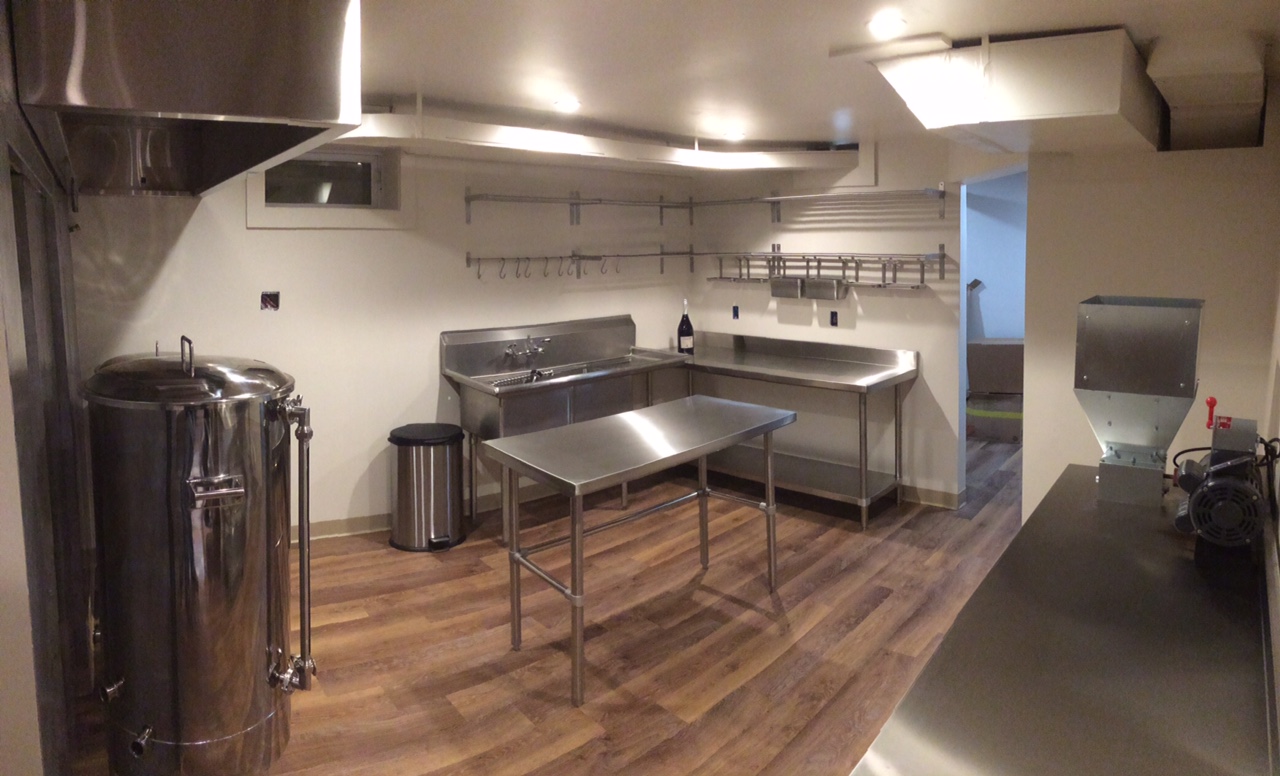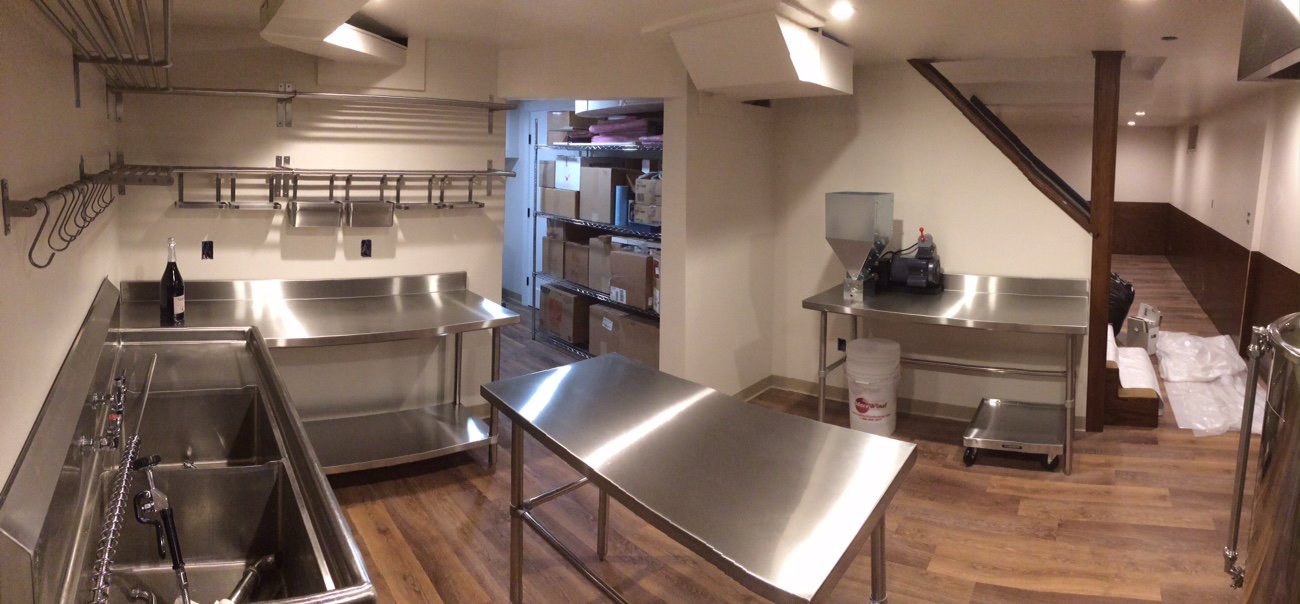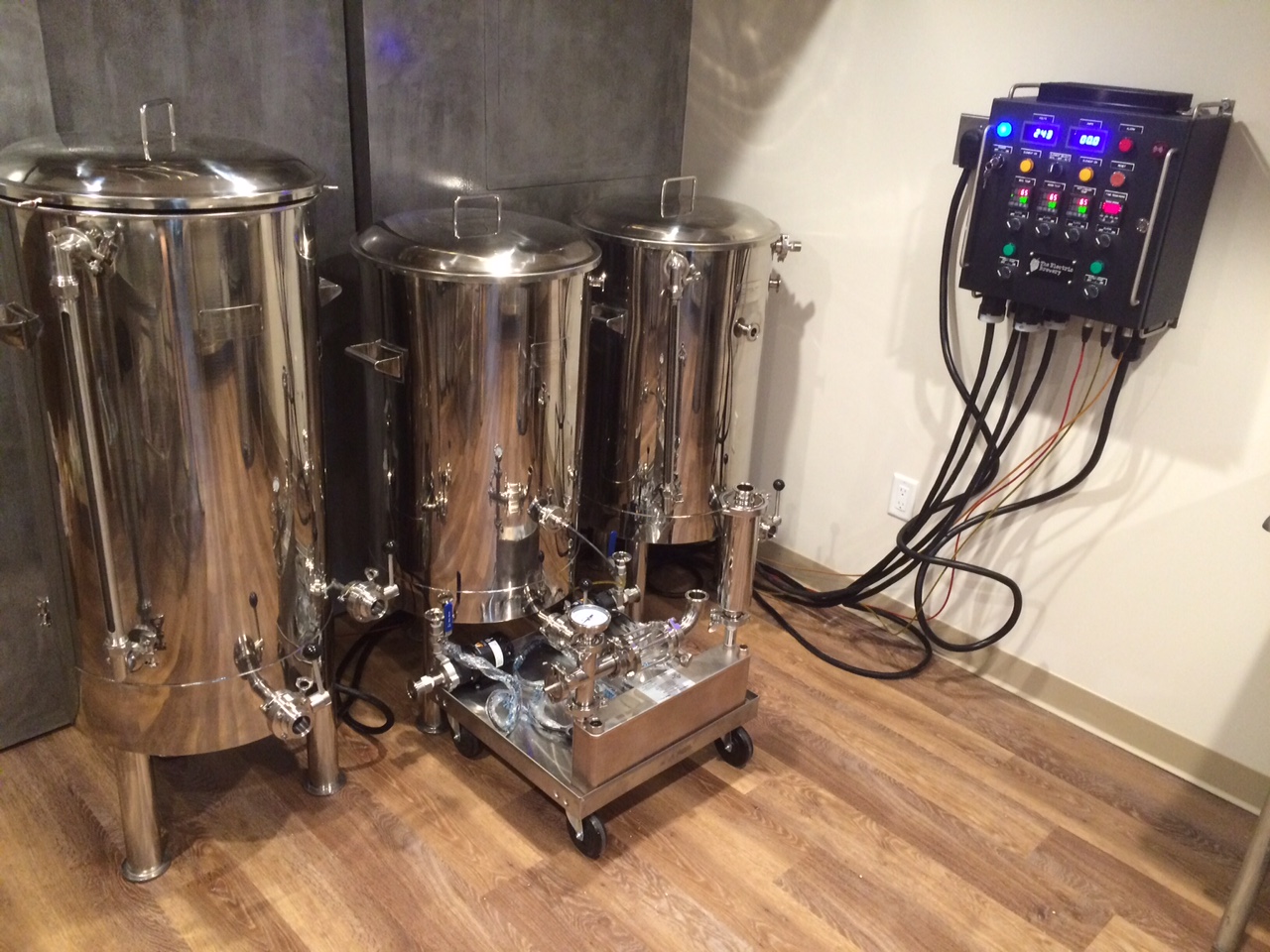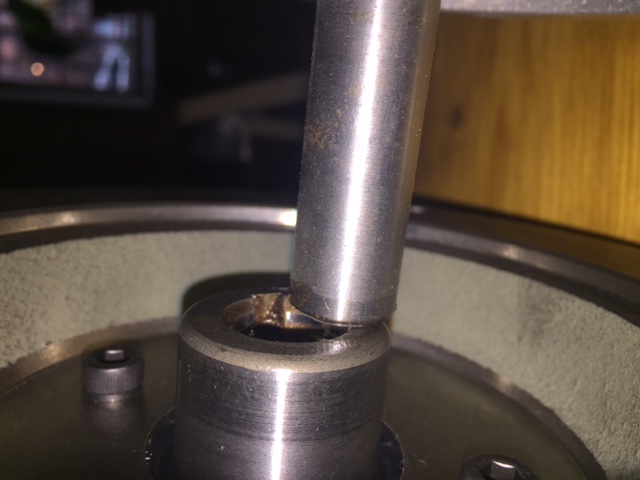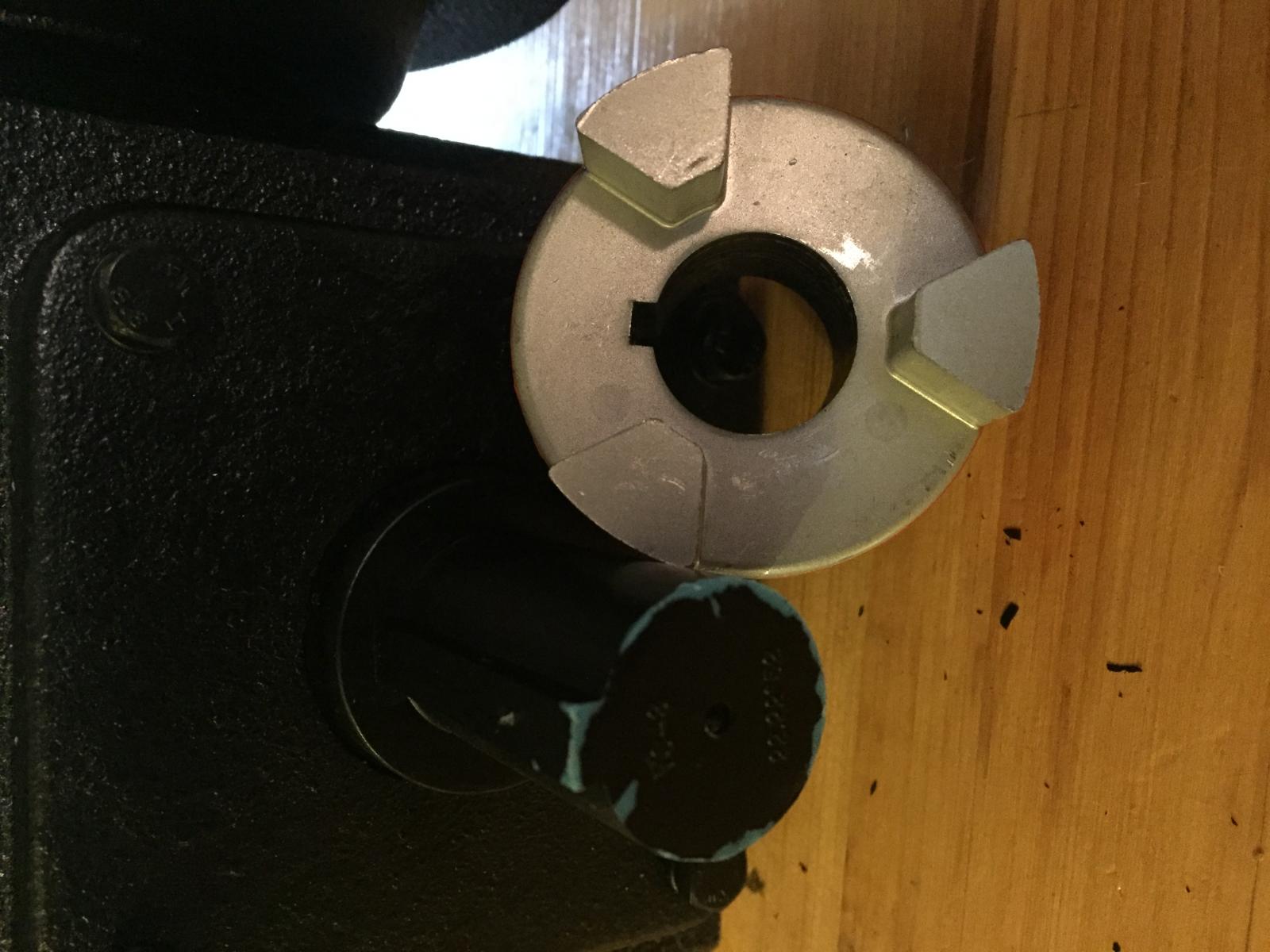Any thoughts on this as a viable option for the motor? It is 240V which I already use for my heating elements so I could just put the right type of connector on the cord and hook it up to my control panel.
http://www.ebay.com/itm/1-2-HP-1425...0&pid=100005&rk=1&rkt=6&sd=271518184985&rt=nc
http://www.ebay.com/itm/1-2-HP-1425...0&pid=100005&rk=1&rkt=6&sd=271518184985&rt=nc

















![Craft A Brew - Safale BE-256 Yeast - Fermentis - Belgian Ale Dry Yeast - For Belgian & Strong Ales - Ingredients for Home Brewing - Beer Making Supplies - [3 Pack]](https://m.media-amazon.com/images/I/51bcKEwQmWL._SL500_.jpg)









































